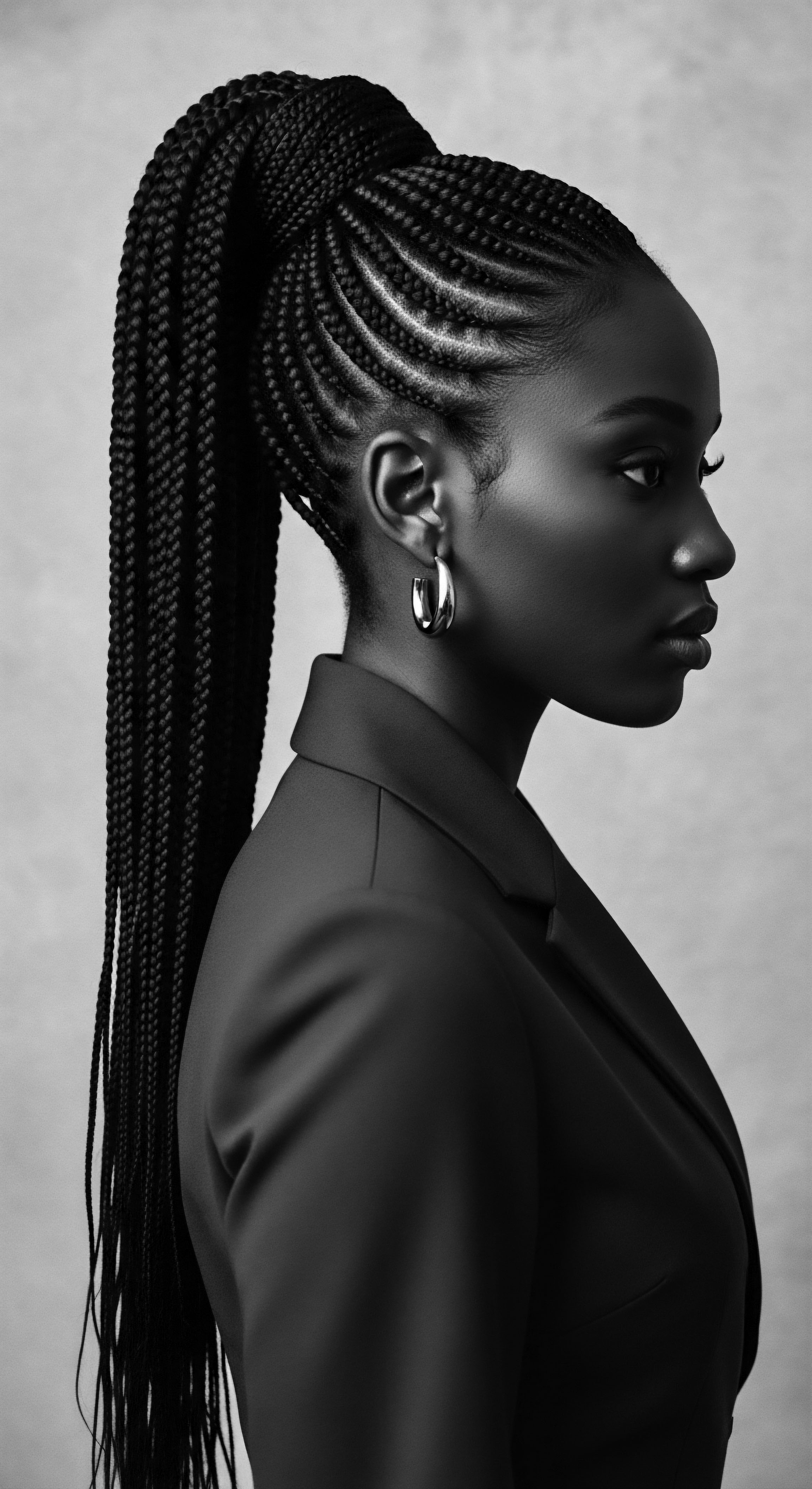
In what ways do ancestral practices influence textured hair identity today?
Ancestral practices shape textured hair identity by connecting modern beauty to deep cultural heritage, spiritual meanings, and historical resilience.

Why do pre-colonial protective styles remain relevant for textured hair?
Pre-colonial protective styles endure for textured hair by providing essential care, preserving cultural identity, and connecting individuals to their deep ancestral heritage.

Can modern science validate ancient textured hair traditions?
Modern scientific inquiry often provides empirical confirmation for the inherent effectiveness of ancient textured hair traditions, rooted deeply in heritage.

Ancestral Ecological Knowledge
Meaning ❉ Ancestral Ecological Knowledge embodies inherited wisdom connecting textured hair care to environmental understanding and cultural resilience.

What historical role did traditional African hair care play in community identity?
Traditional African hair care was a vital expression of collective identity, status, and heritage, deeply rooted in communal practices.

How did hair sealing become an act of resistance in the diaspora?
Hair sealing emerged as resistance in the diaspora through preserving ancestral moisture practices and affirming textured hair heritage against forced assimilation.

Why is intergenerational textured hair care important for identity?
Intergenerational textured hair care preserves cultural heritage and affirms identity, a direct link to ancestral wisdom and resilience.

How do modern bonnets benefit textured hair?
Modern bonnets extend ancestral practices of hair protection and cultural identity for textured hair.

How did textured hair cleansing practices survive during slavery?
Textured hair cleansing survived slavery through ingenious adaptation of available resources and the unwavering power of ancestral cultural transmission.

